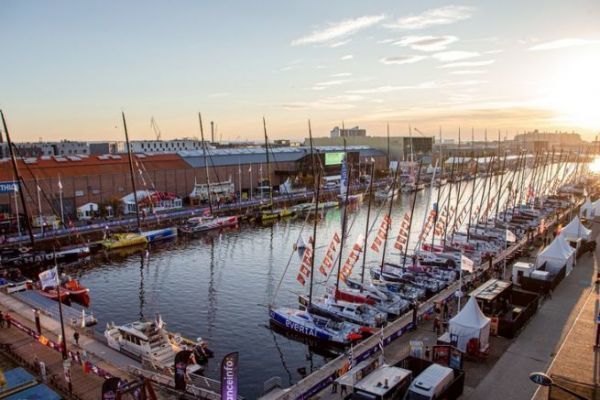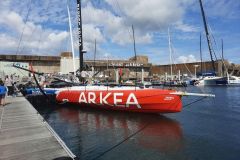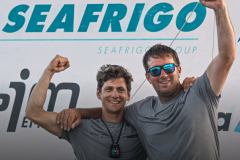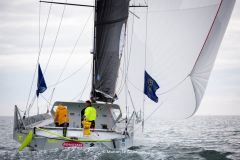In 1993, 13 sailors on 8 monohulls and 5 multihulls took the start of the first Transat Jacques Vabre, including Peyron, Parlier, Gautier and Bourgnon. Leaving from the coffee port of Le Havre, the race was reserved for solo sailors, who had to reach Cartagena in Colombia. From the following edition, in 1995, the race took on the format we know today, that of double-handed crews.
Over the years, the Transat Jacques Vabre has been hosted in different cities: Cartagena, Puerto Limon, Itajai, Salvador de Bahia and, since 2021, Fort-de-France. It has also seen all types of boats on the starting line, from ORMAs, Multi50s - now renamed Ocean Fifty - to 60-foot monohulls, or MOD70s... to divide the competitors into 4 classes today:
In 2021, with the arrival of Fort-de-France as the new finish city, the organization is taking the opportunity to create several new courses. These will smooth out the different race times and ensure the same visibility for all, with a grouped finish, regardless of the performance of the different classes.
In 2025, the race changed its name from Transat Jacques Vabre to Transat Café l'Or.
Discover the history of this legendary French event.
Report summary
1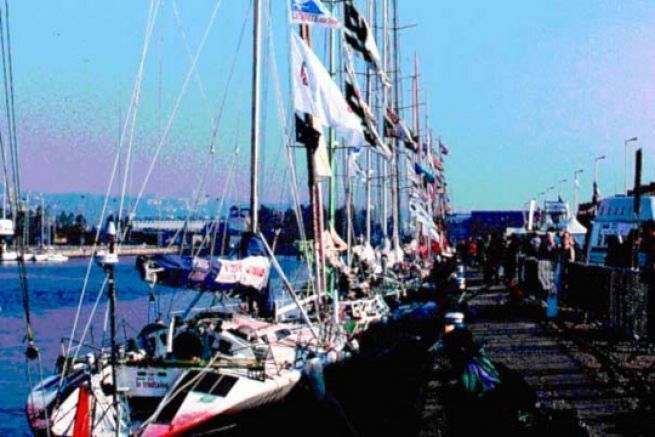
History of the Transat Café l'Or from 1993 to 1999: the foundations of a legendary race
2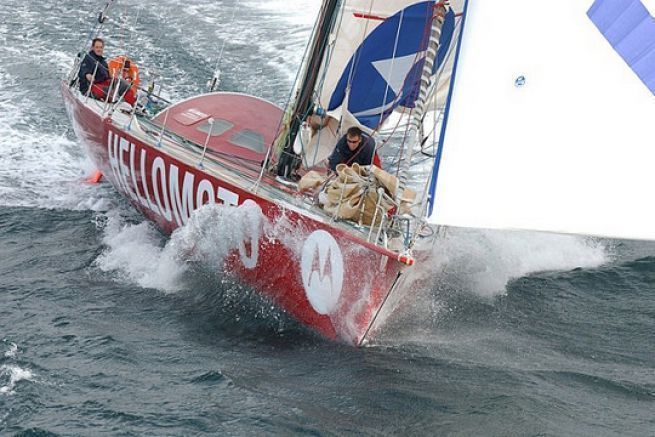
History of the Transat Café l'Or from 1999 to 2003: the disappearance of Paul Vatine
3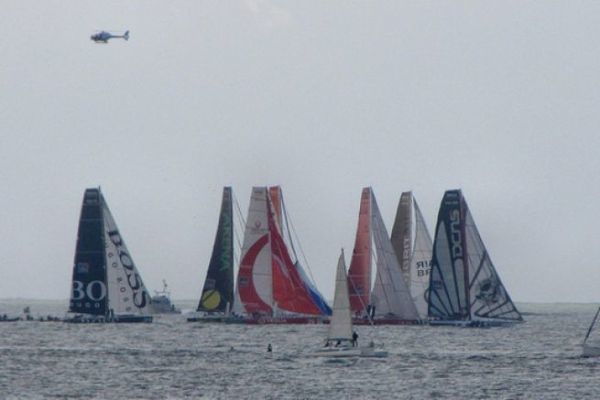
History of the Transat Café l'Or from 2005 to 2009: new classes at the start
4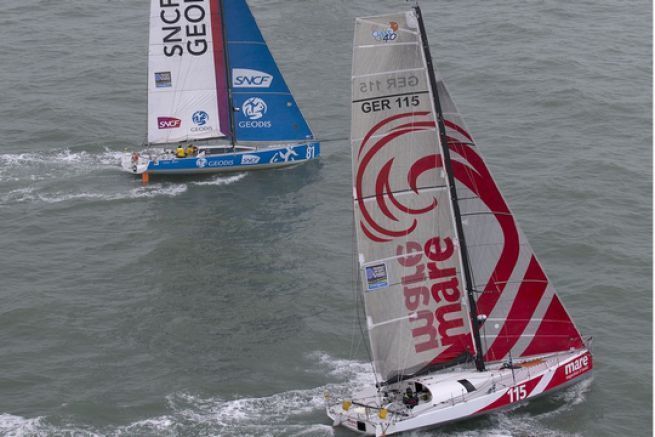
History of the Transat Café l'Or from 2011 to 2015: the return to Brazil
5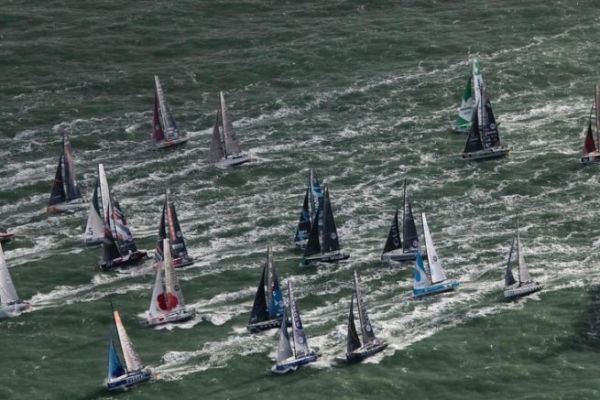

 /
/ 